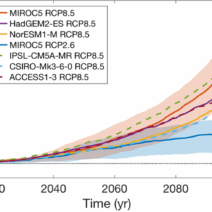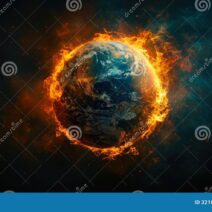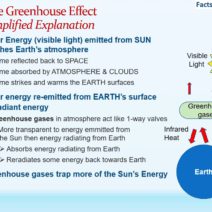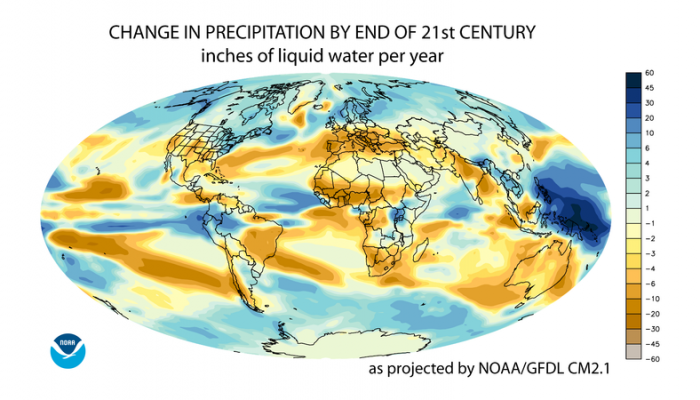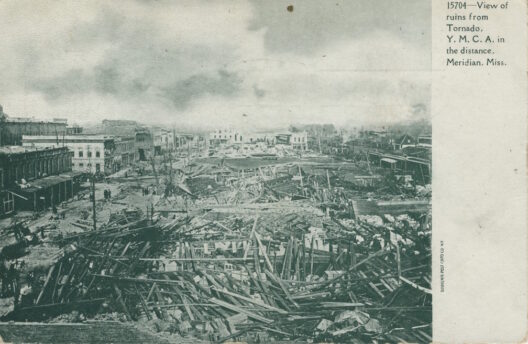In the grand tapestry of Earth’s atmosphere, two distinct threads intertwine: weather and climate. At first glance, these terms may seem interchangeable, akin to two sides of the same coin. However, delving deeper reveals a complex relationship marked by fundamental differences, each with profound implications for our understanding of the planet’s atmospheric behavior.
Weather encapsulates the atmospheric conditions at a specific moment in time, a fleeting glimpse into the dynamic nature of our environment. It comprises elements such as temperature, humidity, precipitation, visibility, and wind – all of which can change rapidly. Much like a theatrical performance, weather is the show of the moment, a dramatic interplay of forces that can shift from serene sunshine to tempestuous storms within minutes. When meteorologists present daily forecasts, they are essentially providing a snapshot of this performance, attempting to predict the whims of nature over the short-term horizon.
In stark contrast, climate refers to the long-term average of weather patterns over extended periods—typically three decades or more. It is the overarching narrative that emerges from the myriad weather events that occur, shaping the distinctive characteristics of specific regions. Climate is akin to an epic poem; it encapsulates profound themes developed over years, influencing the ecosystems, flora, and fauna within particular locales. While weather may alter from day to day, shaped by atmospheric turbulence, climate signals the steadier rhythms that dictate seasons, agricultural viability, and even cultural practices.
The metaphor of a canvas acts as a useful tool in understanding these concepts. Imagine weather as individual brush strokes, each one representing a different atmospheric condition occurring at a single moment. Sometimes these strokes may be bold and jarring, while at other moments, they blend harmoniously together. In contrast, climate is the completed artwork—a compilation of countless brush strokes, representing the artistry of nature over time. The nuances of this metaphor reveal that while weather can be unpredictable and erratic, climate provides a stable framework upon which societies can build and adapt.
However, distinguishing between weather and climate becomes increasingly critical in the context of climate change. Over the past century, human activities—particularly the combustion of fossil fuels—have accelerated climatic shifts. The effects of these changes become apparent not in daily forecasts, but through long-term alterations in weather patterns, sea levels, and biodiversity. Thus, understanding the distinction allows mankind to assess how immediate weather events are manifestations of broader climatic transformations.
To further dissect this relationship, consider extreme weather events, which serve as profound reminders of our climate’s fluctuations. Hurricanes, severe droughts, and heatwaves are often portrayed as harbingers of climate change, indicating a departure from historical norms. While individual weather events do not unequivocally signal climatic shifts, their increasing frequency and intensity provide compelling evidence for the urgency with which we must address the looming specter of climate change. This is the fine line we must tread—acknowledging that while weather can mislead, it is a poignant messenger regarding our planet’s health when viewed within the long-term context of climate.
Moreover, navigating this differentiation carries significant implications for policy and planning. For instance, agricultural strategies, urban development, and disaster preparedness are all predicated on an acute understanding of climate normals rather than erratic weather manifestations. A farmer planning their crops should rely not on the whims of a single day’s weather but on the climatic patterns that dictate growing seasons over several years. Communities vulnerable to flooding must heed the warnings of climate data rather than momentary weather forecasts. By doing so, societies can be better fortified against the capriciousness of nature, building resilience in an era marked by climatic unpredictability.
The interplay of weather and climate extends beyond natural phenomena; it also influences human health and socioeconomic systems. For instance, changing climatic patterns can lead to the emergence and proliferation of vector-borne diseases. Malaria and dengue fever, once confined to specific geographic areas, are finding new habitats as temperatures rise and precipitation patterns shift. In this sense, comprehending the nuances between weather and climate can empower public health officials to predict and mitigate health risks, potentially saving lives.
To conclude, while weather and climate may dance in close proximity, they wield distinct characteristics that influence our world in divergent ways. Weather is the immediate spectacle, a vibrant and temporary display, while climate represents the overarching saga, guiding the trajectory of our environment through time. As humanity grapples with the consequences of its actions, recognizing and respecting this difference is vital. Indeed, in a world where weather increasingly reflects the imprints of a shifting climate, understanding the nuances of these two phenomena is not merely academic; it is imperative for stewardship and sustainability on a grand scale. The art of prognostication, therefore, depends on our ability to discern the forecast from the future—a crucial skill as we confront the existential challenges posed by climate change.
